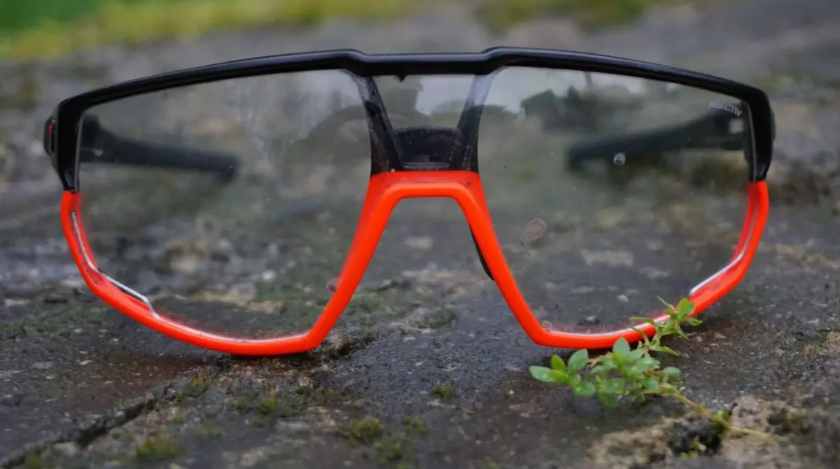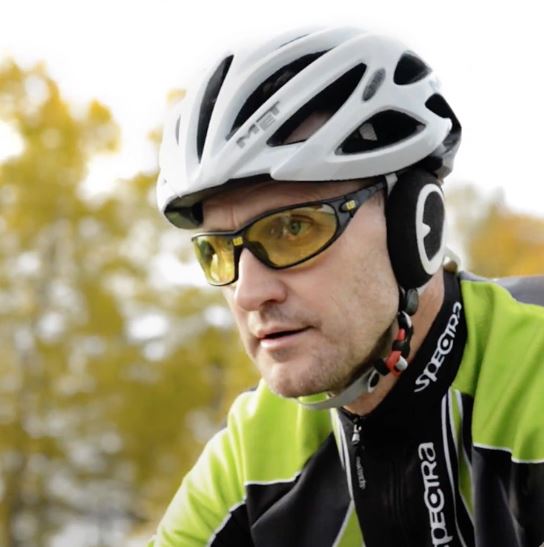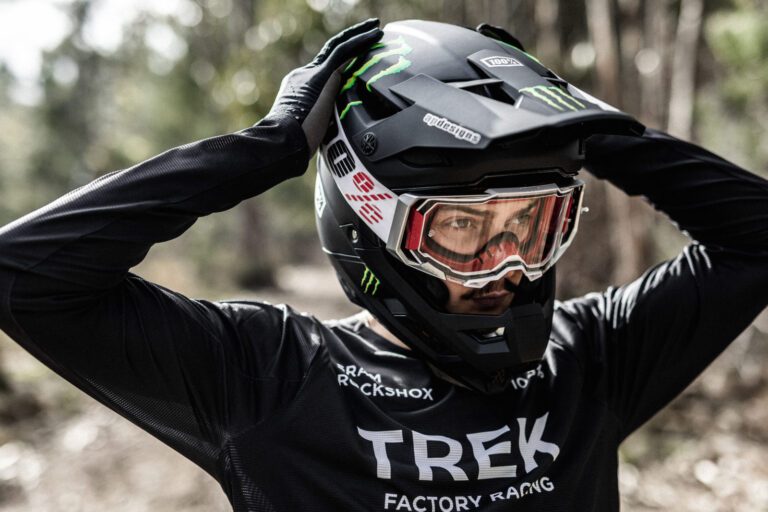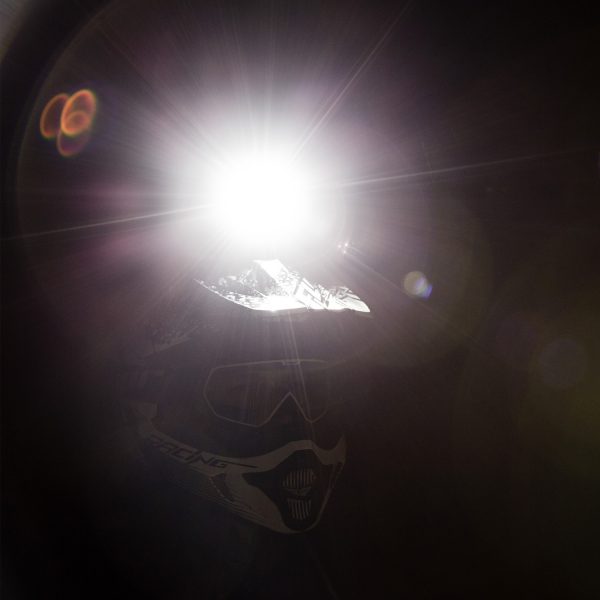Mountain Bike Glasses Buyers Guide

When looking for mountain bike glasses, it’s essential to consider a range of factors to find the right pair that offers both protection and comfort. Here are expanded details on what to look for:
- Lens Quality and Protection: High-quality lenses are crucial. They should offer 100% UV protection to shield your eyes from harmful sun rays. Impact resistance is also important to protect your eyes from flying debris, branches, or in case of falls.
- Lens Tint and Versatility: The tint of the lenses plays a big role in different lighting conditions. For low light or overcast conditions, yellow or orange lenses can enhance contrast. Brown or gray lenses are ideal for bright, sunny days as they reduce glare and eyestrain. Clear lenses are perfect for night riding or very low light conditions. Some glasses come with photochromic lenses that adjust to light conditions, changing from clear to tinted as the sunlight varies.
- Fit and Comfort: Comfort is key. The glasses should fit snugly on your face without causing discomfort or pinching. Look for adjustable nose pads and temples for a better fit. Also, ensure that they don’t interfere with your helmet.
- Frame Durability and Flexibility: Durable frames are essential for mountain biking. They should withstand impacts and rough handling. Flexible frames can offer a better and more comfortable fit, especially when worn for extended periods.
- Ventilation and Anti-Fog Features: Good ventilation is vital to prevent the lenses from fogging up during intense rides. Some glasses feature anti-fog coatings or specific venting systems to maintain clear vision.
- Interchangeable Lenses: Glasses with interchangeable lenses are versatile. They allow you to switch lenses to suit different lighting conditions, making them a practical choice for riders who encounter a variety of environments.
- Price and Value for Money: While you might be tempted to go for the most expensive option, it’s important to assess whether the features justify the cost. Sometimes, mid-range glasses offer the best balance of quality and price.
- Style and Personal Preference: While functionality should be your primary concern, the style of the glasses is also important. Choose a design that you feel good wearing, as this can boost your confidence on the trails.
- Brand and Warranty: Consider reputable brands known for quality cycling accessories. Also, check if the glasses come with a warranty, which can be a sign of the manufacturer’s confidence in their product.
Before making a purchase, it might be helpful to read reviews, try on different models, and possibly consult with fellow mountain bikers for recommendations based on their experiences. John
Click here to find the best mountain bike glasses rated and ranked
Click here to find the best road bike glasses rated and ranked
Click here to find the best gravel bike glasses rated and ranked
FAQ’s
Mountain Bike Glasses Buyers Guide-How to choose mountain bike glasses?
When selecting mountain bike glasses, a thorough consideration of several factors is crucial for ensuring they meet your needs in terms of comfort, protection, and utility. Here’s an expanded guide:
Lens Quality and Type:
- Materials: Opt for impact-resistant materials like polycarbonate, which offer durability without excessive weight.
- Lens Options: Choices include polarized lenses, which reduce glare and are particularly beneficial near water or in bright sunlight; photochromic lenses, which automatically adjust their tint based on light conditions; and clear lenses, ideal for overcast days or dense woods where light is limited.
UV Protection:
- Look for glasses that offer 100% protection against both UVA and UVB rays. This is essential to protect your eyes from the harmful effects of the sun.
Fit and Comfort:
- Size and Shape: The glasses should fit well around your eyes and cheeks. Oversized or wraparound styles offer more coverage and protection.
- Nose and Temple Grips: These should be made of a non-slip material like rubber to keep the glasses stable on your face, especially during bumpy rides.
- Weight: Lighter frames will be more comfortable during extended rides, reducing the likelihood of discomfort or pressure points.
Frame Design and Coverage:
- Full Coverage: A wraparound style or larger lenses provide better protection against wind, dust, and debris. This design also offers a wider field of vision.
- Frame Material: Materials like acetate or metal are common, but for mountain biking, look for more flexible and durable materials like TR90, which can withstand the rigors of the sport.
Ventilation:
- Proper ventilation is key to prevent lenses from fogging. Look for frames with built-in ventilation channels, especially if you ride in humid conditions. Anti-fog coatings on the lenses can also be beneficial.
Interchangeable Lenses:
- Glasses with interchangeable lenses are versatile, allowing you to adapt to different lighting conditions without needing multiple pairs of glasses.
Compatibility with Helmets:
- The glasses should fit comfortably with your helmet, especially if it has a visor. Check for any interference with the helmet’s fit and stability.
Style and Personal Preference:
- While functionality is critical, the style of the glasses should also appeal to you. Different shapes and colors are available, so choose one that fits your aesthetic and face shape.
Price and Brand:
- Prices vary, with higher-quality pairs generally being more expensive. However, investing in a durable and protective pair can be cost-effective in the long run.
- Research brands that specialize in cycling glasses to find a reliable pair.
Additional Features:
- Features like scratch-resistant coatings can prolong the life of the lenses. Adjustable nose pieces offer a customizable fit, and reflective lenses can enhance visibility to others, adding an element of safety.
Before making a final decision, it’s beneficial to try on several pairs to assess their fit and comfort. Reading online reviews and seeking recommendations from experienced mountain bikers can also guide you towards the best choice for your specific needs.
Mountain Bike Glasses Buyers Guide-What to look for when buying cycling glasses?
When buying cycling glasses, it’s important to evaluate several key factors to ensure they provide the necessary protection, comfort, and performance. Here’s a guide to help you make an informed choice:
Lens Quality and Clarity:
- Opt for impact-resistant materials like polycarbonate for safety and durability.
- High-quality lenses offer better clarity and reduce eye strain.
UV Protection:
- Look for glasses that offer 100% protection against UVA and UVB rays.
Fit and Comfort:
- The frame should fit snugly without being too tight. Adjustable nose pads and temple tips can enhance fit.
- Rubber grips on the nose and temples help keep the glasses in place.
- Lighter frames are generally more comfortable for longer rides.
Frame Design and Coverage:
- Choose designs that provide more coverage to protect against wind, dust, and debris. Wraparound styles are popular in cycling.
- Ensure the glasses have adequate ventilation to prevent fogging.
Lens Options:
- Consider interchangeable lenses for varying light conditions.
- Lens colors can enhance contrast and visibility under different conditions.
Helmet Compatibility:
- Ensure the glasses fit well with your cycling helmet.
Lens Tint and Color:
- Different tints can improve vision in specific lighting conditions.
Durability:
- Look for sturdy and flexible frames that can withstand cycling activities.
Style:
- Choose a style that appeals to you and suits your face shape.
Price and Brand:
- Determine your budget and consider reputable brands known for quality cycling eyewear.
Additional Features:
- Features like anti-reflective coatings, polarized lenses, or scratch-resistant coatings can be beneficial.
It’s advisable to try on different pairs to check their fit and comfort. Also, reading reviews and seeking recommendations from other cyclists can provide valuable insights into the best options for your needs.
Mountain Bike Glasses Buyers Guide-What color lens is best for mountain biking?
The best lens color for mountain biking depends on the lighting conditions and environment you’ll be riding in. Different colors enhance contrast and visibility in specific situations:
- Brown/Amber/Copper: Excellent for variable conditions, these tints enhance contrast and depth perception, making them great for trails with changing light, like forests or shaded areas.
- Yellow: Ideal for low-light conditions, like early morning or late evening rides, or on overcast days. They brighten the environment and increase contrast.
- Clear: Best for very low-light conditions, such as night riding or dense forests, as they allow maximum light to reach your eyes without altering colors.
- Grey/Green: Suitable for bright, sunny days, these tints reduce glare and eye strain without significantly altering the color balance of the scenery.
- Photochromic: These lenses adjust their tint based on lighting conditions, making them versatile for changing light conditions, adapting from clear to dark and vice versa.
- Blue/Purple: Can enhance contrast against green and blue backgrounds, useful for trail riding in areas with a lot of foliage.
- Red/Rose: Known for high contrast and soothing visuals, these are good for variable light conditions.
When choosing lens color, consider the typical weather and lighting conditions you encounter in your mountain biking. Having multiple lens options or choosing photochromic lenses for adaptability can be beneficial.
Mountain Bike Glasses Buyers Guide-Are photochromic lenses worth it for MTB?
Photochromic lenses can be highly beneficial for mountain biking (MTB), especially if you frequently ride in varying light conditions. Here’s an overview of their advantages and considerations:
Adaptability: The main advantage of photochromic lenses is their ability to automatically adjust tint based on light conditions. This is particularly useful in mountain biking, where light conditions can change rapidly between open, sunny areas and shaded, forested trails.
Convenience: With these lenses, there’s no need to stop and switch glasses or lenses when lighting changes, saving time and hassle during your ride.
Protection: Like other cycling glasses, photochromic lenses offer protection from UV rays, dust, debris, and wind, in addition to their light-adapting feature.
Cost-Effectiveness: Investing in one pair of photochromic lenses can be more cost-effective than buying multiple pairs of glasses with different tints.
Eye Comfort: They reduce eye strain by providing the right amount of tinting for the current lighting, enhancing comfort over long rides.
However, there are some considerations:
Response Time: Photochromic lenses take a moment to adjust to changes in light, which might be noticeable in rapidly changing conditions.
Temperature Sensitivity: Their performance can vary with temperature, potentially affecting how quickly and how much they darken or lighten.
Cost: They can be more expensive than standard lenses. If your riding conditions are mostly consistent or if budget is a concern, the extra cost might not be necessary.
In summary, photochromic lenses are a good choice for mountain biking if you value convenience and versatility and often encounter varied lighting conditions. However, for consistent light environments or if budget is a key factor, standard lenses might be more appropriate.
Click here to buy our highest rated mountain bike glasses





